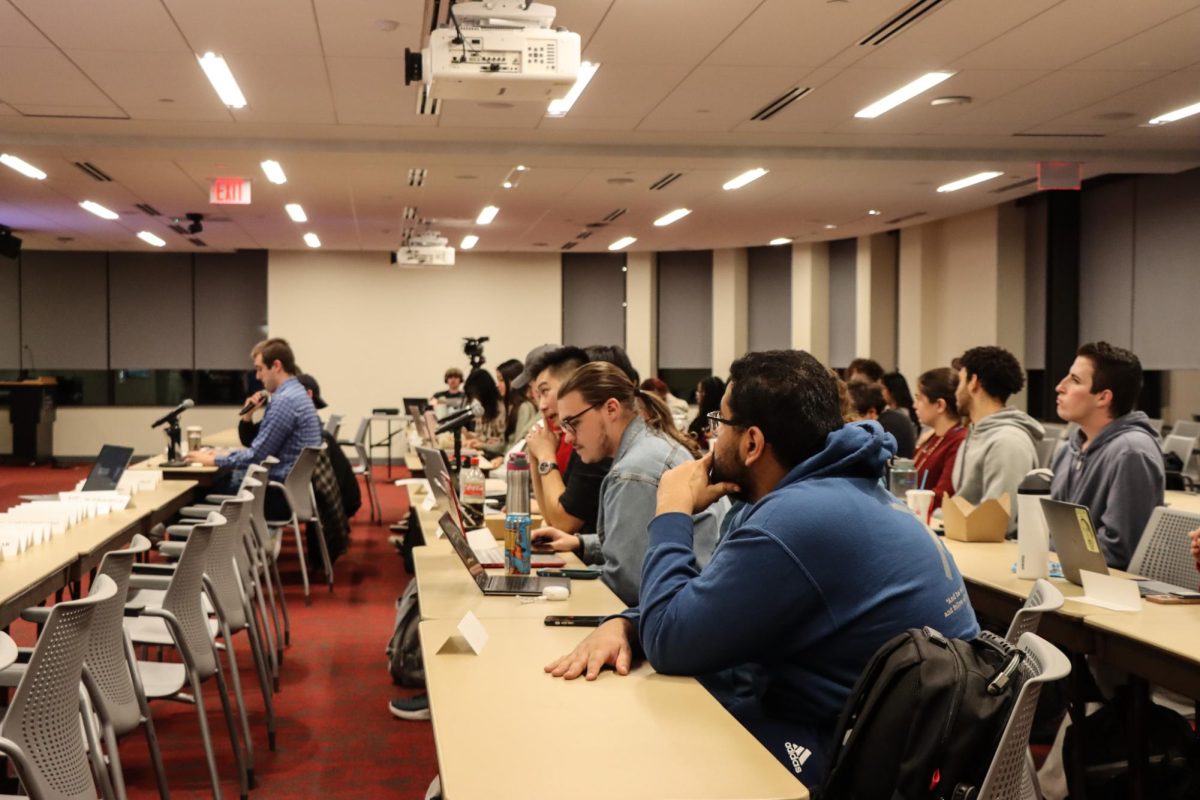Recognizing the increasing demand for faster and more convenient technology in today’s world, Mount Holyoke College has brought wireless Internet access to all of its residence halls.
According to Scott Coopee, the director of infrastructure at Mount Holyoke’s Library, Information and Technology Services, the process began because of a rising demand amongst students for greater Internet availability. Mount Holyoke, like the University of Massachusetts, has scattered wireless Internet access throughout different buildings on campus.
“Wireless Internet has become expected and most students have it at home. As we looked at the growing preference for wireless network capabilities, the residential halls quickly became our priority,” Coopee said.
Library, Information and Technology Services chose Aruba Networks, a California-based wireless networking company, to help them through the installation process. The groups worked on setting up the network throughout the school year, finally finishing the project in time for this fall.
Setting up a wireless network is a complex process, especially for a college campus. One of the biggest challenges involves setting up access points wired to the network throughout the intended wireless area. Wiring the 400 access points needed to bring wireless capabilities to the residential halls proved to be a difficult task for those working on the project, especially in some of the college’s older buildings.
The hard work, however, has paid off, as the response from students has been very positive.
“It is nice to know I can do work outside or in a common room. The [wireless] option certainly makes things convenient,” freshman Emily McGranachan said.
Having a college so close to home that offers wireless for its residential halls has led some students at the University of Massachusetts to question whether similar technology could be a possibility for their residence halls in the future.
UMass’ Office of Information Technologies (OIT) has recognized this demand and has decided to meet it by piloting wireless Internet access in the North apartments beginning sometime this semester. They will examine how reliable the Internet is and measure student responses to determine whether they’ll expand the network to other residential areas next year.
“Right now, UMass is piloting a ubiquitous wireless connectivity in the North Residential Area for the fall semester. It will most likely extend through the spring semester. OIT is not sure if we’ll extend it beyond to the rest of the residential areas, let alone the rest of the campus,” said OIT help desk manager Andrew Vernon.
Some UMass students, like freshman Brigitte Morency, would be ready to embrace wireless in the residence halls if it was available to them.
“It’d be a lot more convenient to have. I bought an Ethernet cable that wasn’t long enough and had to go out and buy another one. If there was wireless, I wouldn’t have to worry about it,” she said.
Freshman Scott O’Connell, however, disagreed.
“A lot of people would use it for downloading. It’d be great to use for studying purposes, but a wired connection would be more secure,” he said.
According to Vernon, UMass’ current wireless network, which includes a number of access points set up around campus, requires a significant amount of money and effort to maintain.
Regardless of a possible wireless future for residential areas, OIT suggests all students use wired wall-jack connections, as he said that Ethernet cables are faster, more reliable and more secure than a wireless connection.
Chris Shores can be reached at [email protected].






